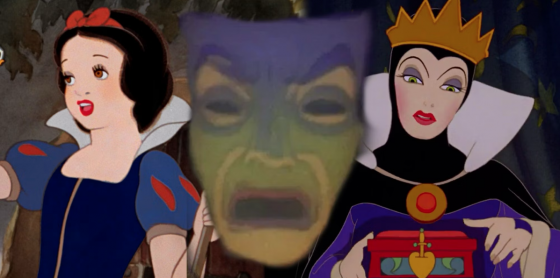
Stories can bring the salient details of life to light. Real life contains a lot of noise and extraneous detail that can obscure a through line. Fictional stories remove that noise to rise the core themes and emotions to the surface for observation and examination. Fictional stories both pare down and embellish real life. They zoom in on the important stuff and focus the reader’s attention squarely there. When the story captures something true about the lives of its characters, it binds us to them. Usually, we find a story engrossing when we care about the characters and want to see what happens to them. While some portrait painters insist on live sittings with their subjects, it’s easier — although perhaps more facile — to start with a photograph. Photographs manage to capture some essence of personality, to flatten it into something easier to paint, simplifying the process of portraiture. Caricatures identify particular features of their subjects and render them in a ruthless way. In the realm of words, identifying salient features in characters and their world makes them more memorable and makes their actions more comprehensible. Perhaps caricatures resemble jokes in this way. Last month, I wrote about fairytales.…
